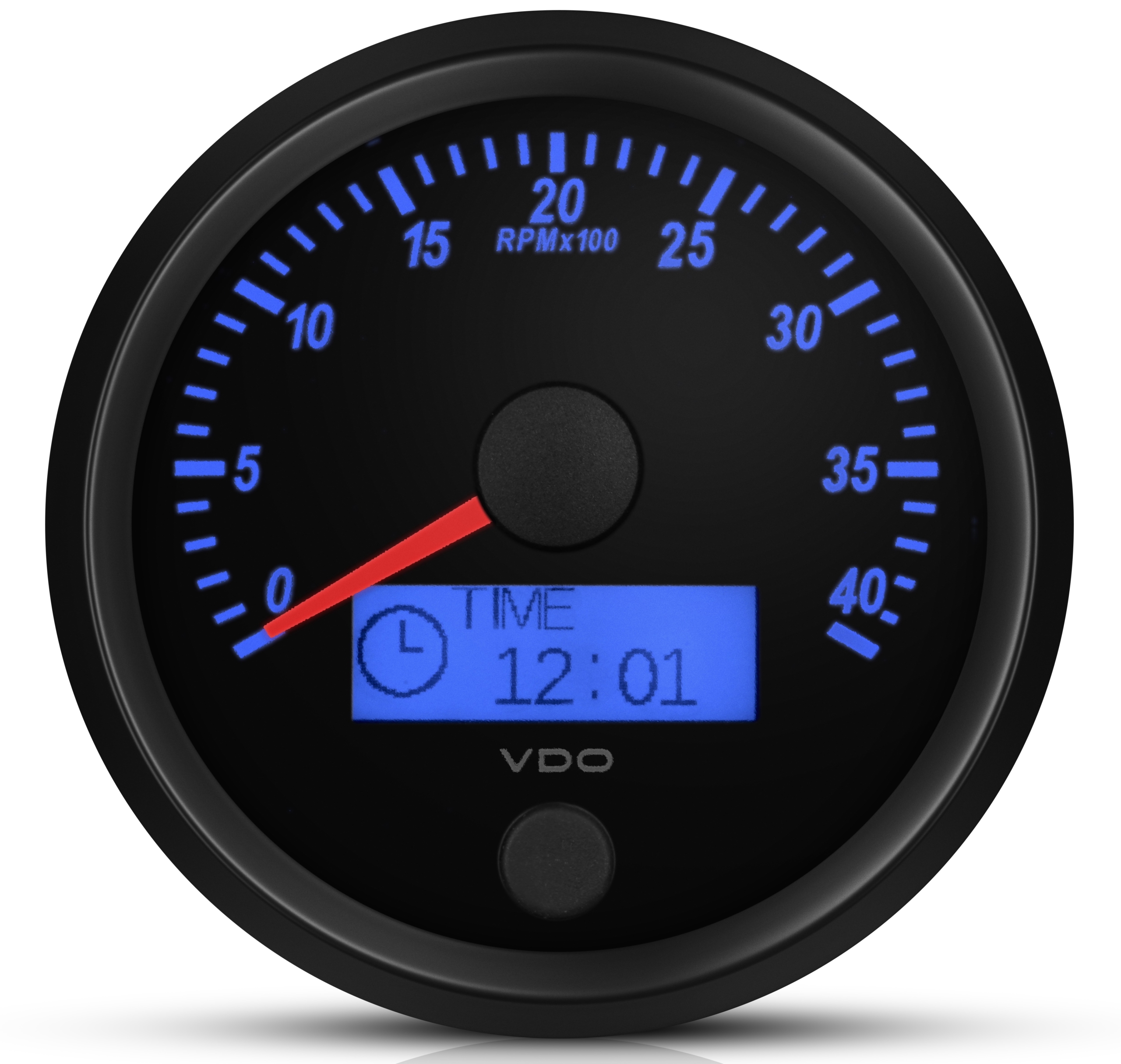Professional Tips for Preserving and Calibrating Your Tachometer
Professional Tips for Preserving and Calibrating Your Tachometer
Blog Article
The Importance of a Tachometer in Monitoring Engine Speed and Efficiency in Automotive Applications
In the world of auto design, the tachometer stands as a pivotal instrument in the chauffeur's toolbox, supplying a straight home window right into the internal functions of an automobile's engine. Past its feature as a plain scale of changes per min (RPM), the tachometer offers as a vital device for fanatics and specialists alike, supplying real-time understandings right into engine efficiency and health and wellness.
Value of Keeping An Eye On Engine RPM
Keeping an eye on engine RPM, or transformations per minute, is a vital element of automobile maintenance and performance analysis. Engine RPM straight associates with the speed at which the engine's crankshaft rotates, indicating just how promptly the engine is running - tachometer. By checking RPM, auto mechanics can examine the health and wellness of the engine, spot potential concerns, and fine-tune efficiency. An unusual RPM reading might signify issues such as engine misfires, defective spark plugs, or concerns with the gas shipment system. Consistently high RPM analyses might show aggressive driving habits or the demand for a higher equipment shift to boost fuel efficiency.
Additionally, checking engine RPM is important for performance analysis in auto racing and high-performance cars. In summary, checking engine RPM is not just vital for discovering concerns yet also for enhancing engine efficiency in numerous auto applications.

Benefits of Real-Time Data
In automobile applications, real-time data plays a vital duty in giving instantaneous insights right into the efficiency and problem of the lorry. By continually monitoring different specifications such as engine speed, temperature, fuel consumption, and much more, real-time data offers numerous advantages that add to boosted performance and security when driving.
Furthermore, real-time data promotes performance optimization by giving instant responses on driving routines and engine efficiency. Motorists can adjust their actions in real-time based on this information to attain better gas economy and extend the lifespan of their automobile.

In addition, real-time data plays a crucial role in contemporary auto diagnostics, allowing professionals to rapidly detect and address malfunctions. This brings about reduced downtime, reduced upkeep costs, and eventually, boosted total car dependability and long life (tachometer). By harnessing the power of real-time data, vehicle stakeholders can make enlightened decisions that positively affect both the efficiency and long life of the vehicle
Effect On Equipment Shifts
The tachometer plays an important function in enhancing gear shifts by providing real-time engine rate information to the vehicle driver. When coming close to the redline on the tachometer, it indicates the motorist to upshift to avoid over-revving the engine and triggering potential damages.
In addition, the tachometer help in accomplishing smoother gear transitions, specifically in hand-operated transmissions. By keeping an eye on engine speed, chauffeurs can execute equipment changes at the optimal RPM range, lowering snagging movements and reducing endure the transmission parts. This precision on duty changes not only boosts driving convenience yet additionally adds to fuel effectiveness.
Enhancing Fuel Efficiency
Offered the important role the tachometer plays in optimizing equipment shifts for efficiency and engine health and wellness, it directly adds to making best use of gas efficiency in auto applications. By offering real-time feedback on engine rate, the tachometer assists motorists in maintaining one of the most efficient RPM array for fuel economic situation. When chauffeurs continually keep an eye on the tachometer and adjust their motoring behaviors appropriately, they can stay clear of unnecessary gas consumption brought on by over-revving or lugging the engine.
Furthermore, the tachometer assists motorists recognize the most fuel-efficient equipment to be in at any kind of provided minute, protecting against the engine from functioning tougher than necessary. In conclusion, the tachometer serves as a valuable tool in enhancing gas performance by advertising optimum driving behaviors and recognizing locations for renovation in the lorry's efficiency.

Taking Full Advantage Of Engine Durability
The tachometer's function in keeping an eye on engine speed and performance contributes in making certain the long life of vehicle engines. my sources By using the tachometer effectively, drivers can optimize engine durability via conscious RPM administration. Consistently revving an engine too expensive can bring about excessive damage on essential elements, such as the pistons, valves, and bearings. Over time, this can lead to decreased engine efficiency and prospective malfunctions. Checking the tachometer enables drivers to remain within the recommended RPM array for their car, preventing unneeded strain on the engine and expanding its lifespan.

Conclusion
In verdict, the tachometer plays a vital role in monitoring engine rate and performance in automotive applications. By providing real-time information on RPM, it permits efficient equipment shifts, boosted fuel efficiency, and maximized engine long life. This tool is crucial see this for keeping optimal engine efficiency and guaranteeing the total capability of a car.
Report this page